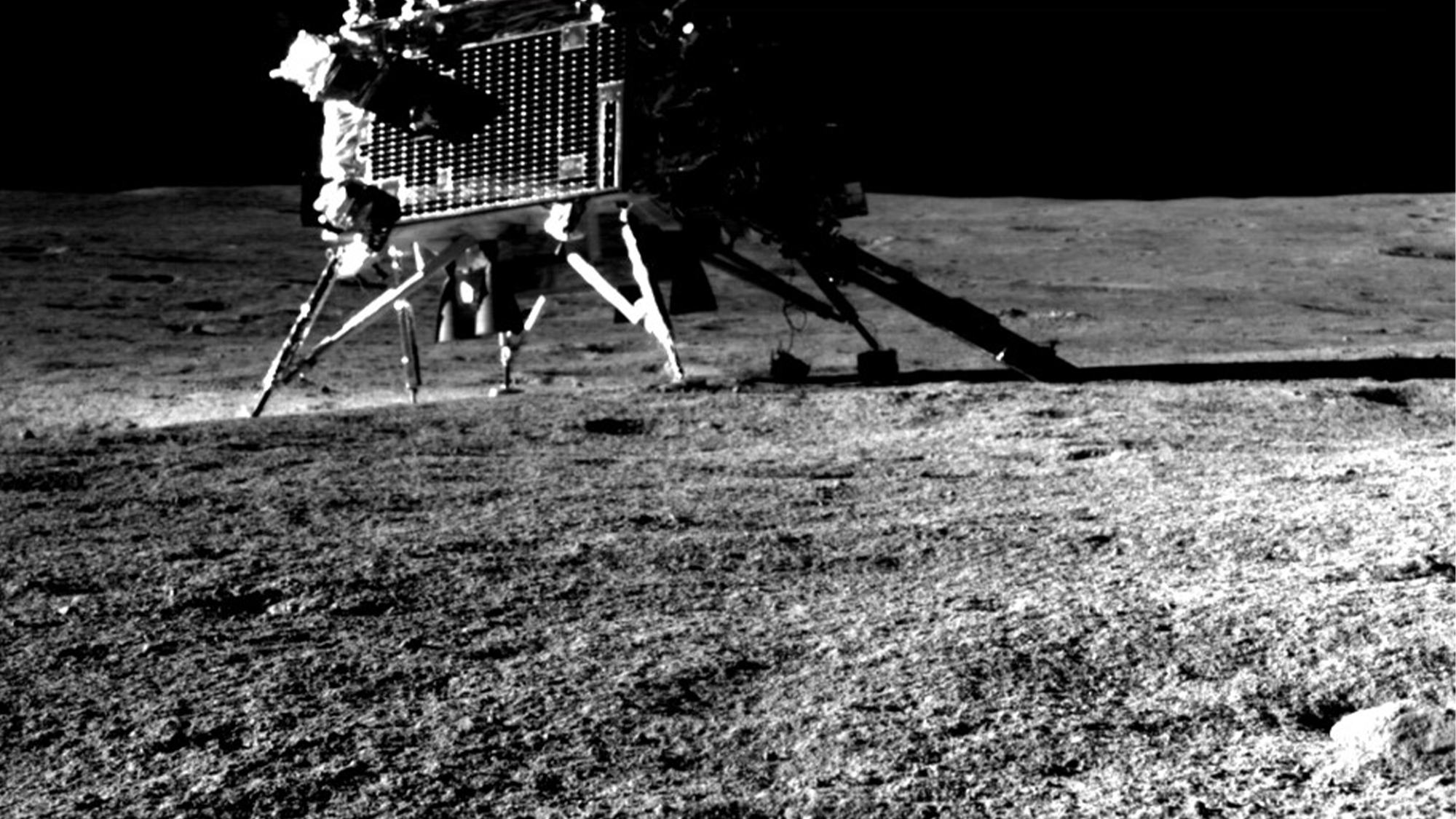We tend to think of the moon as a cold, dusty rock, but in fact, its surface can get pretty hot during a lunar day. How hot? It turns out that the answer can vary dramatically over a very short distance.
When the Chandrayaan-3 mission touched down on the moon in August 2023, one of the first things it did was measure the surface temperature. The results—detailed in a study published March 6 in the journal Communications Earth and Environment—were both unexpected and intriguing. They also raise tantalizing implications for the biggest lunar question of all: how much water is up there?
Get the Popular Science newsletter
Breakthroughs, discoveries, and DIY tips sent every weekday.
During the Chandra’s Surface Thermophysical Experiment (ChaSTE), the spacecraft took the first measurements of this kind since those taken by the Apollo missions over half a century ago. While Apollo landed near the moon’s equator, Chandrayaan touched down at a latitude of 69 degrees north—well into the moon’s previously unexplored polar regions.
Scientists expected the surface temperature on this part of the moon to be in the region of 330 degrees Kelvin (around 57 degrees Celsius or 134 degrees Fahrenheit.) The landing site was significantly hotter: a scorching 355ºK (82°C or just under 180°F), at least 20ºK higher than predicted. However, barely a meter away, the surface temperature was only 332ºK (59°C or 138°F). That’s still hot, but much less so than the landing site and more in line with what scientists expected.
Such a dramatic difference in a distance of just over three feet turns out to be explained by one simple fact. Chandrayaan-3 ended up perched on a shallow slope, at an angle of about 6° toward the equator. The cooler region, meanwhile, was essentially flat. It seems difficult to believe that this relatively small difference in slope could explain such a large difference in temperature. According to K. Durga Prasad—a study co-author and a Faculty Member at the Planetary Sciences Division of the Indian Government’s Department of Space, the measurements actually illustrate two important facts about the moon.
The first is that the lunar surface is covered by a thin layer of dust and rock fragments, known as the “fluff layer.” This layer is charact











